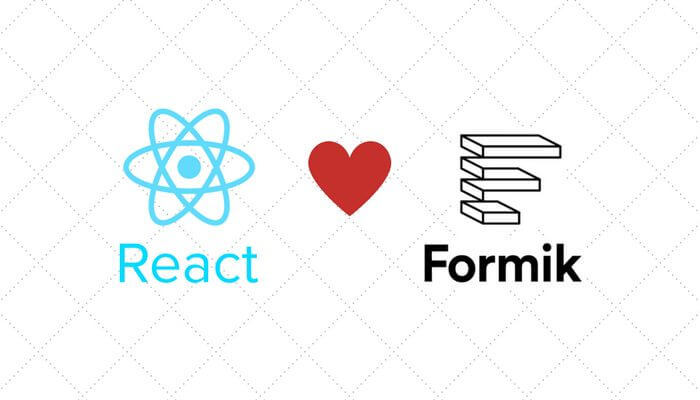Use Redux! Use MobX! Just use `setState`!
Redux is functional! Mobx is reactive! `setState` is built-in!
But Redux has so much boilerplate! But MobX is more difficult to debug! But `setState` doesn’t scale!
Why don’t you just use Rematch to abstract the Redux boilerplate? Do I use redux-thunk? redux-saga? redux-observable?
How about using Unstated? How about just using the Context API?
:head-explodes:
There are a lot of options for developers regarding how and when to use state management libraries (SML).
Remember those last two articles (The Joy of Forms with React and Formik & One Router to Rule Them All: React Router) about the massively underplayed game library? There was a third part to come — a follow-up meant to implement an example of state management for an application. The application was small, granted, but this somewhat contrived example would tie it all up. It’d be the cherry on top. It would complete the rule of threes. 😉
There is not going to be another tutorial about which state library we can use to better manage our game library. Rather, in this post, we’re going to look at how and why you might use a library to manage your application’s state, and why that particular application is a perfect example of when you might not need a SML at all.










